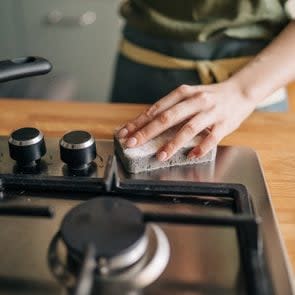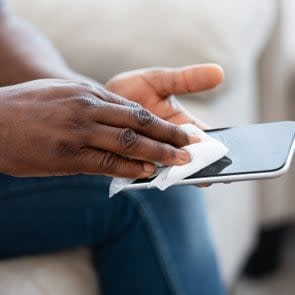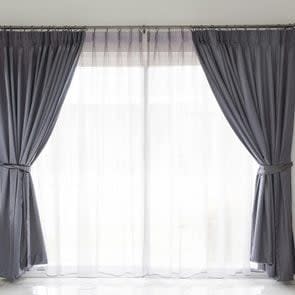How to Clean a TV Screen
The last time you bought a TV, you probably spent a fair amount of time deciding whether to get a plasma, LCD, or LED screen and debating between HD, 4K, or 8K resolution. After that important purchase, you should also know how to clean your TV screen so you can maximize your enjoyment of those vivid colors and sharp details. Whether you’re cleaning a TV screen, a computer screen, a cell phone, or even an iPhone charging port, you first need to know what tools and methods to use.
Most of today’s flat-screen TVs have either LCD or OLED screens, which are both lit with light-emitting diodes (LEDs). OLEDs use organic light-emitting diodes, which boast better contrast, darker blacks, and brighter whites. Plasma screens, which were popular in the late 1990s and early 2000s, were discontinued in 2014, but are still in many homes. Truly old-school TVs, which relied on bulky cathode-ray tubes (CRTs), had glass screens, which are generally more forgiving.
“Cleaning an old-school television is similar to cleaning a window. Modern TVs require more care,” says Jessica Ek, a cleaning expert at the American Cleaning Institute. While all modern screens can be cleaned the same way, you will need to be very cautious in what kind of TV screen cleaner you use on them and how you use it. You’ll also want to be sure your TV is turned off before you begin to clean. Not only is it safer, but you’ll be able to see any smudges better.
How to clean a TV screen
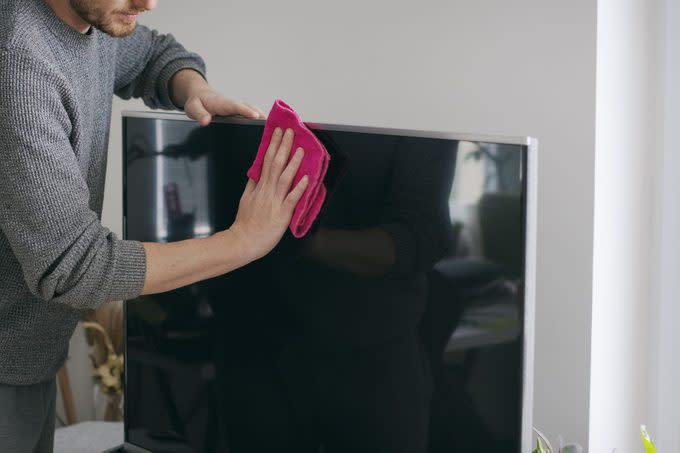
1. Clean with microfiber cloths. “Modern screens can be sensitive to pressure” and can be easily scratched, Ek says. She recommends using a microfiber cloth, regardless of whether your screen is LCD, OLED, or plasma. “Microfiber cloth is woven with very small fibers, making the pressure on the screen more even and reducing the chance of causing scratches or damage.”
What to avoid: Paper towels, tissues, and other materials can contain fibers that may damage the screen. Even if you’re learning how to clean a TV with an old-school CRT display, a microfiber cloth is still the way to go. You can also use an electrostatic duster.
2. Get into the corner. Be sure to use your cloth to get into the corners and edges of the screen, turning the cloth often so you’re always using a clean segment.
What to avoid: Don’t use too much pressure, or you might find burned-out pixels the next time you fire up your LCD or plasma TV screen.
3. Spray any liquid on the cloth. If you’re using any type of liquid, spray it on the cloth first in a fine mist to avoid damaging any internal parts; never apply it directly to the screen.
What to avoid: Don’t use pretreated dusting cloths, though, because their oily finish—intended for wood products—can leave a residue.
4. Wipe in overlapping strokes. To avoid streaks, Ek recommends cleaning in even, slightly overlapping strokes—either horizontally or vertically. Then go over the screen one final time with a dry cloth to eliminate any residue. Clean the TV cabinet, too, so that dust doesn’t interfere with speakers and ports. (You can also use your vacuum’s dusting brush for this.)
What to avoid: Cleaning the screen in circles, as this can create streaks.
How to clean stubborn spots off your TV screen
If you have a really tough spot—maybe your toddler’s juice splashed and dried on the screen—you can try a very dilute mixture of distilled water and mild dishwashing soap. But when cleaning a flat-screen TV, you should never use harsh chemicals like acetone, toluene, or ammonia. It might seem intuitive to use window cleaner, but that has ammonia as a main ingredient, which can permanently discolor your screen. The only exceptions to this rule are tube TVs, which have glass screens that can stand up to a spritz of Windex.
What you’ll need
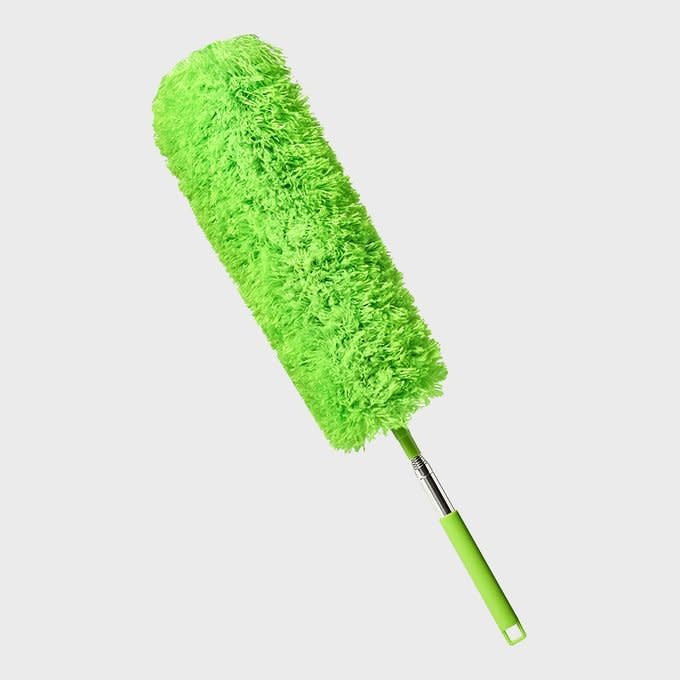
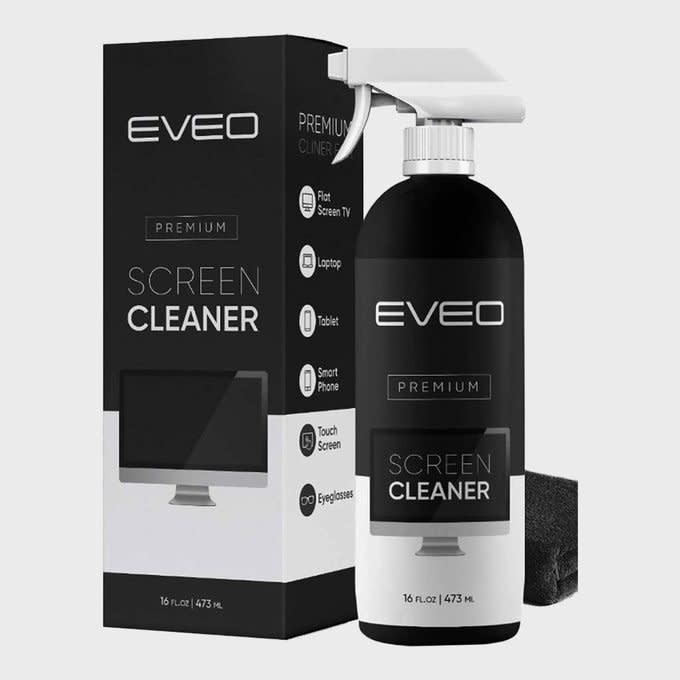
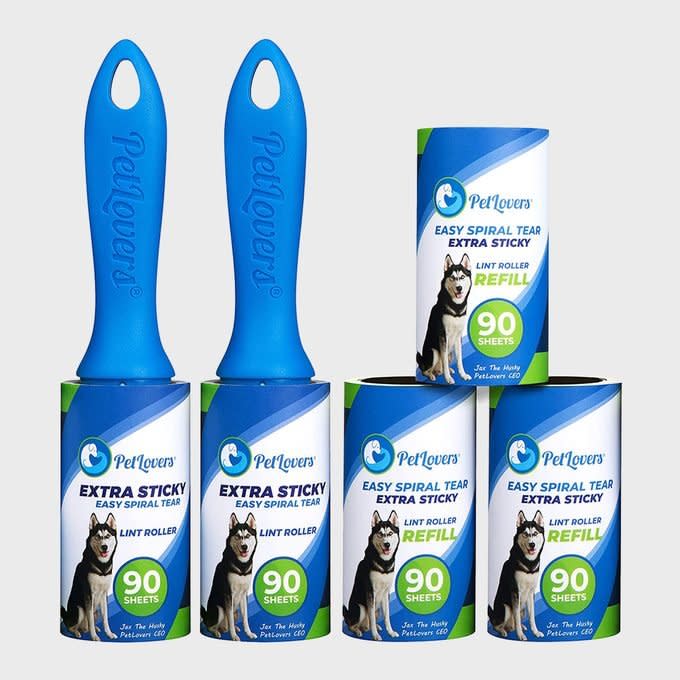
Clean the remote
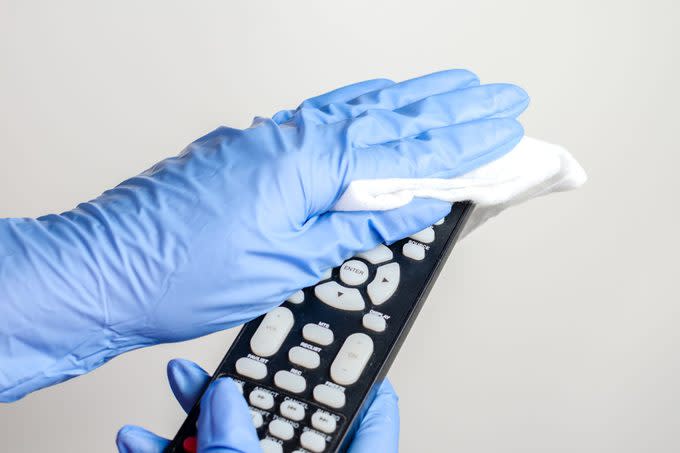
While you’re cleaning your TV, don’t forget to de-gunk your germ-saturated remote control. Before you start, remove the batteries and put the cover back on the battery compartment. Turn the clicker upside down and shake out any crumbs or other debris from between the buttons. Dip a cotton swab in a DIY TV cleaner (see below) and dab it between the buttons. If that’s not enough, try dislodging any remaining grime with a toothpick or a dry toothbrush. Use your damp microfiber cloth to wipe down the back and sides of the remote. Let it air dry before using, and don’t forget to replace the batteries.
Dust the speakers
If you have external speakers, they’re probably collecting dust too, which can lead to dampened or fuzzy sound. If your speakers have removable fabric covers, take them off and vacuum both sides with the upholstery tool. Otherwise, just vacuum the front. A lint roller can also help to safely de-fuzz them. If your speaker covers are made of a hard material instead of fabric, you can put your damp microfiber cloth back in service to wipe them down.
DIY TV cleaner
You can purchase a commercially formulated TV screen cleaner (check your manufacturer’s website for specific recommendations), but if you’d rather save some money or prefer to use a more eco-friendly solution, it’s just as effective to make a DIY TV cleaner. Mix distilled water (the minerals in tap water can scratch your screen) with white vinegar in a 1:1 ratio. If you prefer not to have the scent of vinegar lingering in your home, it’s okay to use a mixture of one part isopropyl alcohol mixed with four parts distilled water; just be sure to avoid ethyl alcohol, or any other kinds, as they can do more harm than good.
Source:
Jessica Ek, director of digital communications, American Cleaning Institute
How to Clean Stainless Steel Appliances So They Sparkle
How to Clean Your Cell Phone—And How Often You Should
How to Clean Blinds
The post How to Clean a TV Screen appeared first on Reader's Digest.
